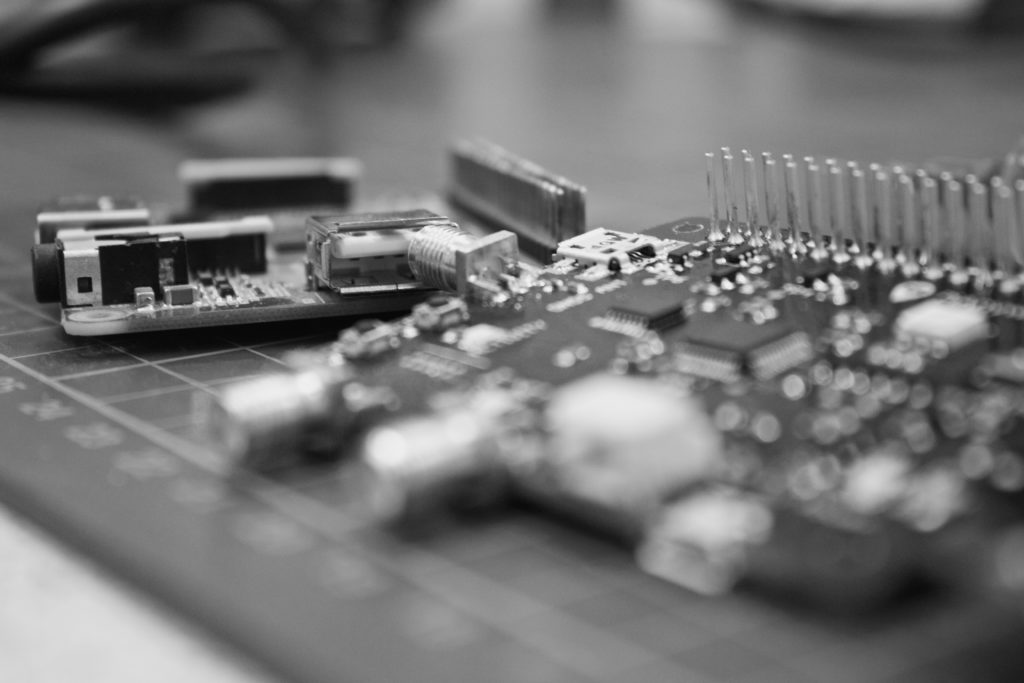The Already Advanced Semiconductor Manufacturing
Photo by Robert V. Ruggiero on Unsplash Advanced manufacturing is one of the most important development and is pushing manufacturing (across industries) towards a new era. Several criteria decide whether a given manufacturing industry stands to call itself an advanced one. These criteria (not set) have been around for a while, and the manufacturing world is embracing the changes to enable advanced features to provide quality products to the market. What Is Advanced: Solutions Deployed In Manufacturing Environment That Improves Productivity, Quality, And Time-To-Market But Still Requires Human Guidance. There are four information points to identify the advanced manufacturing industry. These are Data, Equipment, Process, And Automation. Together, these four attributes provide a clear view of advanced manufacturing. When it comes to the semiconductor industry, these four feature points are already […]
The Already Advanced Semiconductor Manufacturing Read More »




